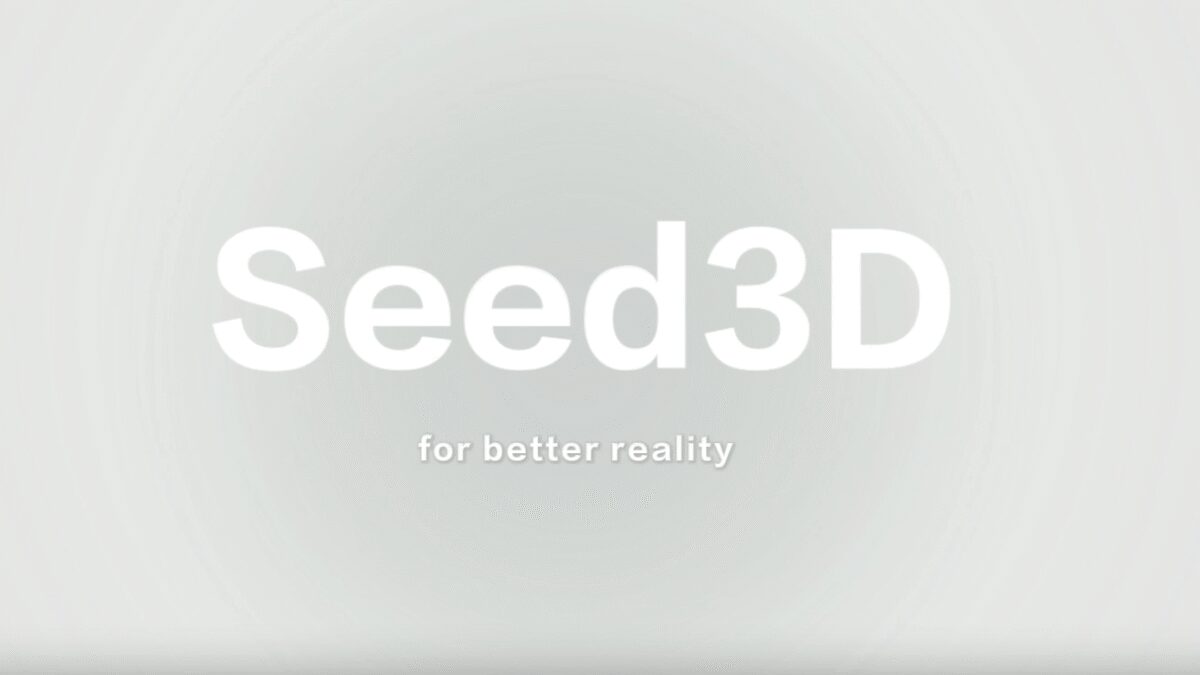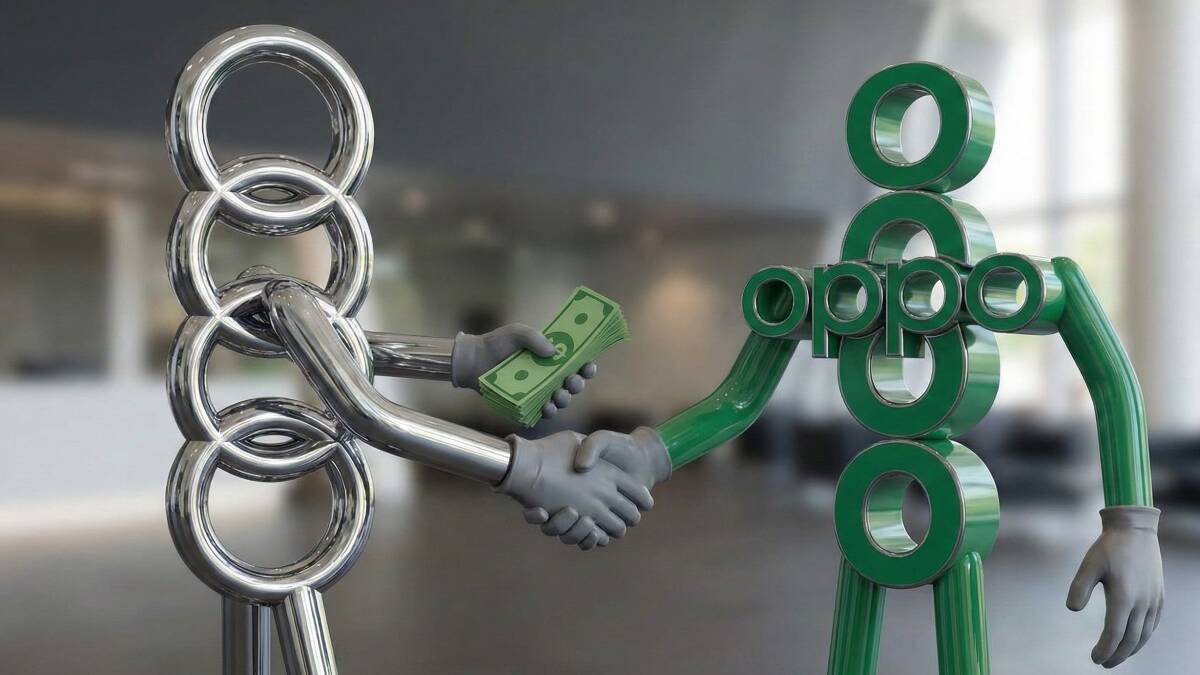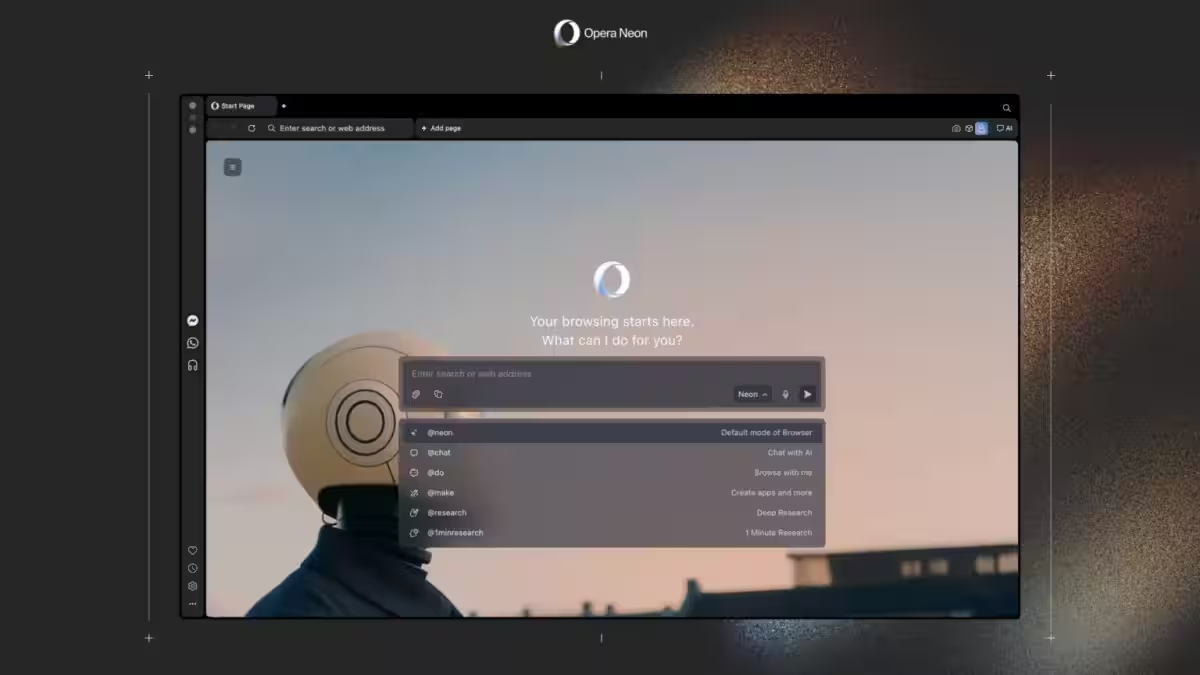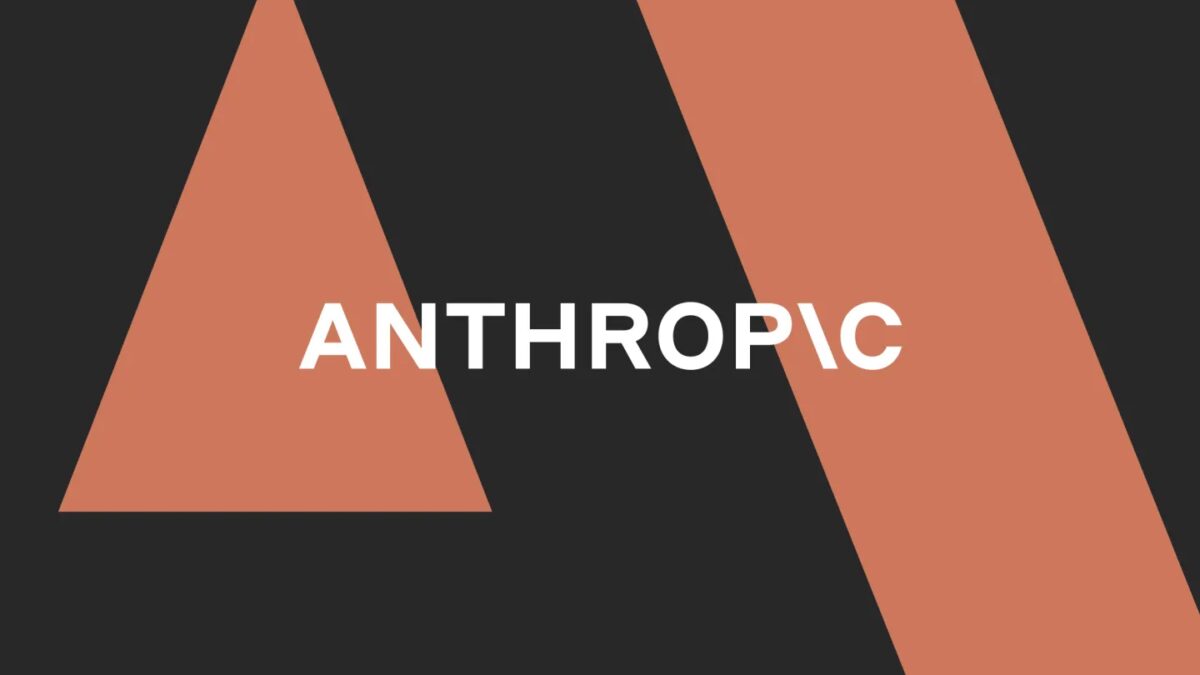ByteDance introduced Seed3D 1.0, an AI for creating 3D models from a single image

ByteDance, owner of TikTok, has unveiled a new technology for generating 3D content — Seed3D 1.0. The tool is capable of converting a single 2D image into a full 3D model with detailed geometry, photorealistic textures and physically correct rendered (PBR) materials.
Seed3D 1.0 is a comprehensive system built on the Diffusion Transformer architecture. It is trained on huge data sets and is designed to lead the way in generative 3D graphics.
ByteDance claims that Seed3D 1.0 outperforms existing solutions — both open source and commercial — in terms of texture quality and geometry fidelity. And the model uses only 1.5 billion parameters, making it more efficient than larger competitors, including Hunyuan3D 2.1 with 3 billion parameters.

The key advantage of the technology is the combination of a multimodal Diffusion Transformer and a step-by-step generation strategy. The system first analyzes the image using a model that combines visual and textual perception to extract spatial cues and object information. It then creates individual 3D elements and combines them into a cohesive scene — from a single piece of furniture to a complete office or even a cityscape.
The system then analyzes the image using a model and analyzes it to extract spatial cues and information.
Seed3D 1.0 also stands out for its high texture consistency when viewed from different angles. Instead of generic materials, the model generates perspective-aligned textures that provide realism and structural accuracy — a level suitable for simulations. The generated models can be directly used in platforms like Isaac Sim for training robotics systems and artificial intelligence.
Models can be directly used in platforms like Isaac Sim for training robotic systems and artificial intelligence.
The introduction of Seed3D 1.0 marks an important step forward not only for ByteDance, but for the entire 3D content, robotics and spatial computing industries, bringing the boundary between the real and virtual worlds closer together.








